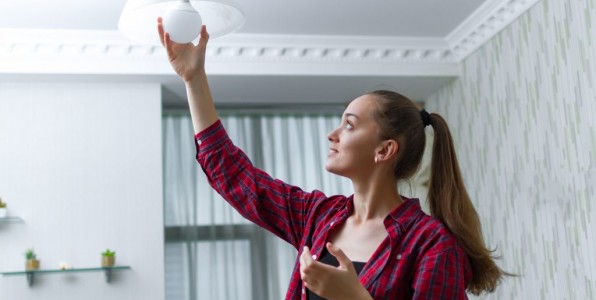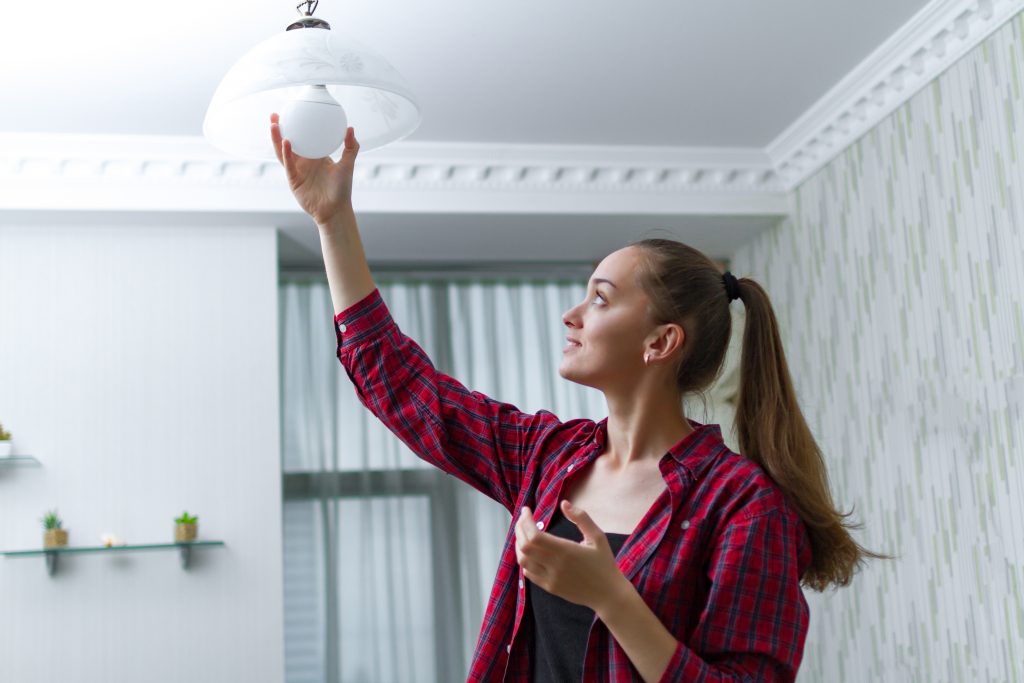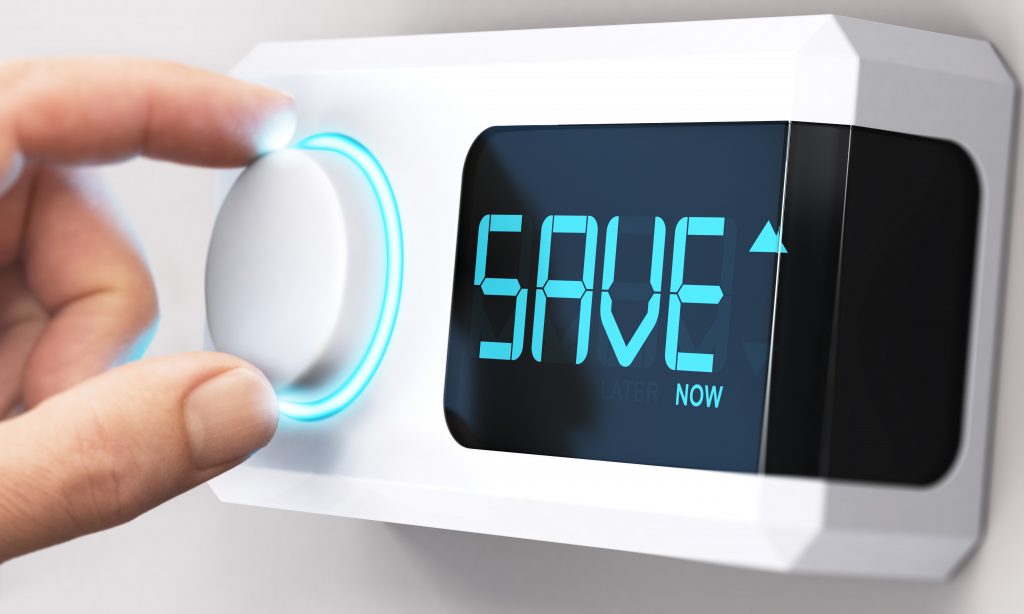How to Maximize Environmental Efficiency in Residential Construction

How to Maximize Environmental Efficiency in Residential Construction

For homeowners, energy costs remain a source of significant concern. A lack of efficiency in energy consumption is not only bad for the environment, it can become a creeping cost factor that increases over the years.
In a bid to minimize energy costs, many homeowners engage in standard energy-saving behaviors, such as closing doors and windows, turning off lights when not in the room, and ensuring there are no major air leaks. But these practices are sometimes insufficient. Hence, it’s about time you ramp up your home’s energy efficiency by learning new ways to achieve a better outcome.
Here’s how you can maximize efficiency:
1. Have The Right Ventilation and Cooling System
Ventilation is a great way to achieve better energy-efficiency in a home. Without proper ventilation, the air inside can become stagnant and require additional climate control. There’s also a high chance of increased moisture and heat buildup, resulting in mold formation and structural damage.
One source of increased moisture in homes is air leaks, which are used for ventilation but lack a control system, resulting in higher energy consumption for cooling devices. Sealing air leaks can significantly improve energy efficiency in a home. After executing those modifications, the next thing is to improve the home’s cooling and heating systems.
Another factor is having an appropriately sized HVAC system. Generally, smaller homes can easily be conditioned using a PTAC a/c unit, which requires no ducts compared to other HVAC systems, while larger homes will need a centralized system with ducts. Often, new or refurbished PTAC units can be picked up quite affordably as well.
2. Prioritize Insulation
The loss of thermal energy through openings within the home is another significant cause of energy inefficiency. Without proper home insulation, you’ll continuously have higher energy usage from appliances, which tend to produce a lot of heat or cold air.
That’s why insulation should be factored in when designing and constructing homes. Homes without proper insulation should be retrofitted with modern, high-efficiency insulation to increase energy savings.
Hot climates require homeowners to find ways to reduce heat energy gained from the sun. These include reflective insulation and specialized glazings. Cold climates, on the other hand, require a reduction of heat loss by the installation of solar-facing windows and bulk insulation in attics.
3. Buy Energy Efficient Appliances and Use Responsibly
The Energy Star rating system has led to many manufacturers implementing energy-saving capabilities in their products over the last few years. These days, there are a huge number of these appliances, which can significantly reduce energy consumption compared with unrated appliances, available across the world.
However, no matter the amount of energy conserved by these appliances, optimal use by owners is also necessary. That’s why it’s always good to:
- Unplug appliances that aren’t in use
- Not spend too long staring into the refrigerator with the door open, and
- Upgrade old worn-out appliances
You can also save energy by running cleaning appliances only when necessary, such as when there’s a full load of laundry or dishes. These practices, combined with energy-saving appliances, can significantly reduce your energy consumption.
4. Replace Incandescent Bulbs and Use Natural Lighting
Incandescent light bulbs are some of the most common light sources in the world, but they’re alarmingly inefficient. Light Emitting Diodes (LED) lights and Compact Fluorescent Lamps (CFLs) have become viable alternatives to the incandescent light bulbs. LEDs and CFLs last longer and drastically reduce energy consumption.
Lights should also be switched off during the daytime, and natural light sources should be used instead whenever possible. If existing natural light sources, such as windows, aren’t adequate, other installable options include skylights and light shelves.
5. Install Energy-Efficient Plumbing
Apart from insulating pipes and sealing their entry points into the home, you can achieve better efficiency by thinking beyond the pipes.
Some examples include:
- Tankless Water Heaters: Otherwise called demand-type water heaters, tankless water heaters save energy by eliminating the need to keep the water in a tank heated. Instead, it produces heated water when it’s actually needed.
- Low Flow Toilets and Showerheads: If you find you’re using a lot of water, it might be a good idea to look into toilets that have a high star water rating for more efficiency. Low flow toilets generally consume lower amounts of water compared to the older versions with large tanks.
Along with that, low flow showerheads come with built-in controls for users to minimize water waste. These controls allow you to adjust the amount of water and heat levels that you have in your shower.
- Dual Toilet Flush: These types of toilets allow for optimal water usage by providing two flush options. One does the total flush in the case of defecation while the other gives intermittent flushes for urination. Hence, dual flush toilets help save water over time.

Conclusion
Optimal energy efficiency is an achievable feat that requires a good degree of effort from homeowners. For best results, engage in simple energy-saving practices and seek out energy efficient appliances whenever something needs to be replaced.
Overall, new installations in the ventilation system, lighting, and plumbing fittings are great ideas when it comes to maximizing energy efficiency in any residential construction.
Comments are closed